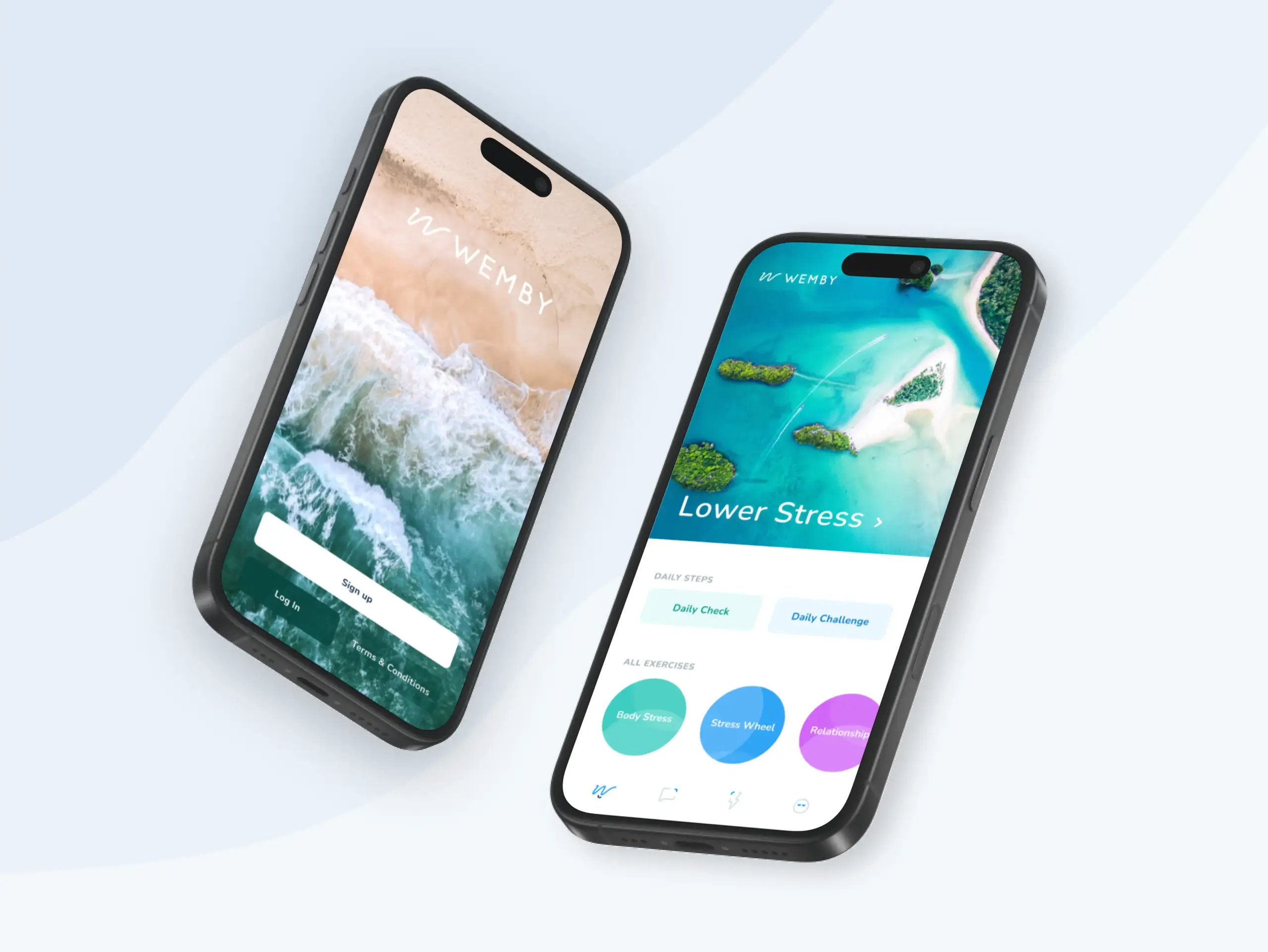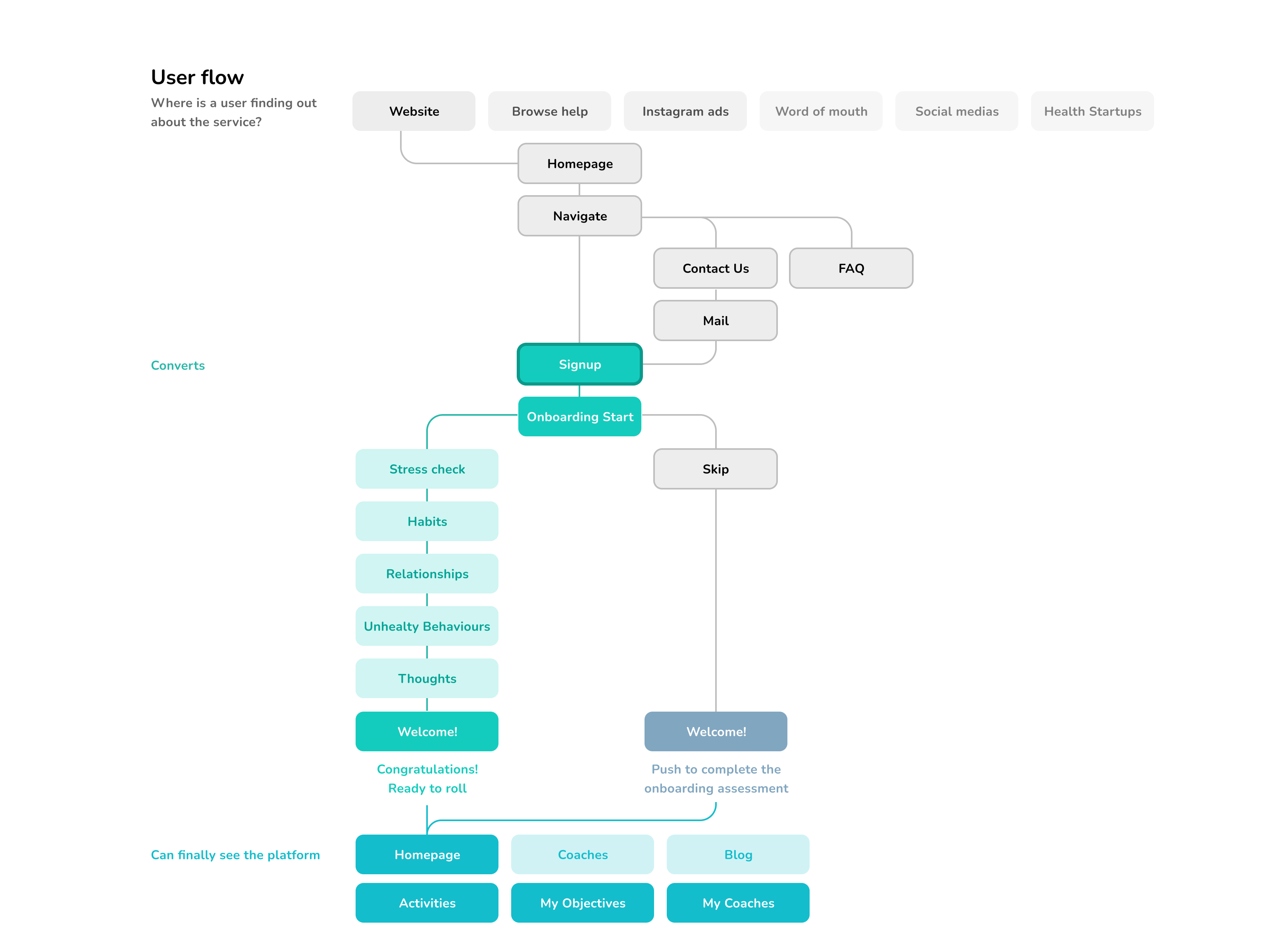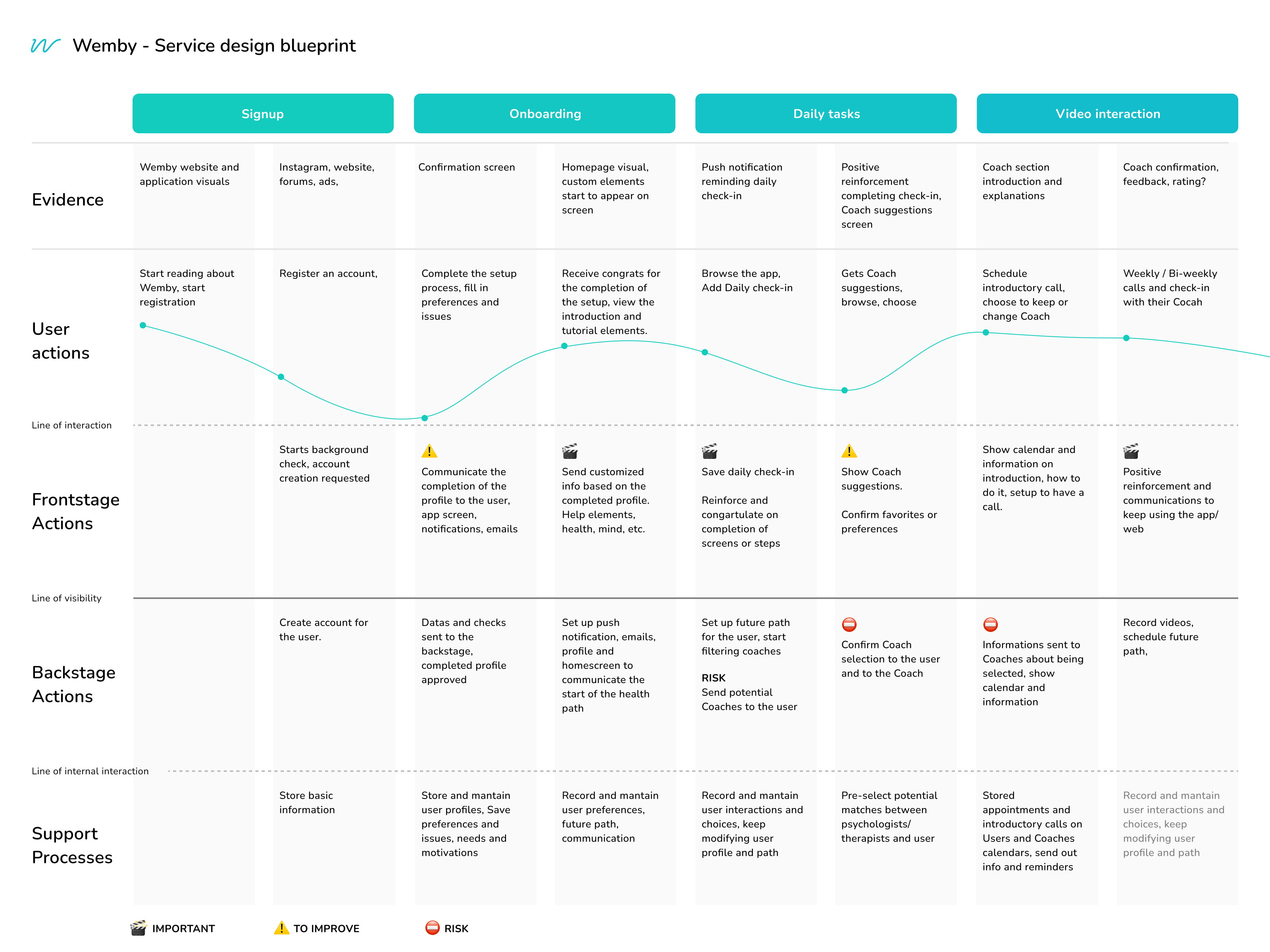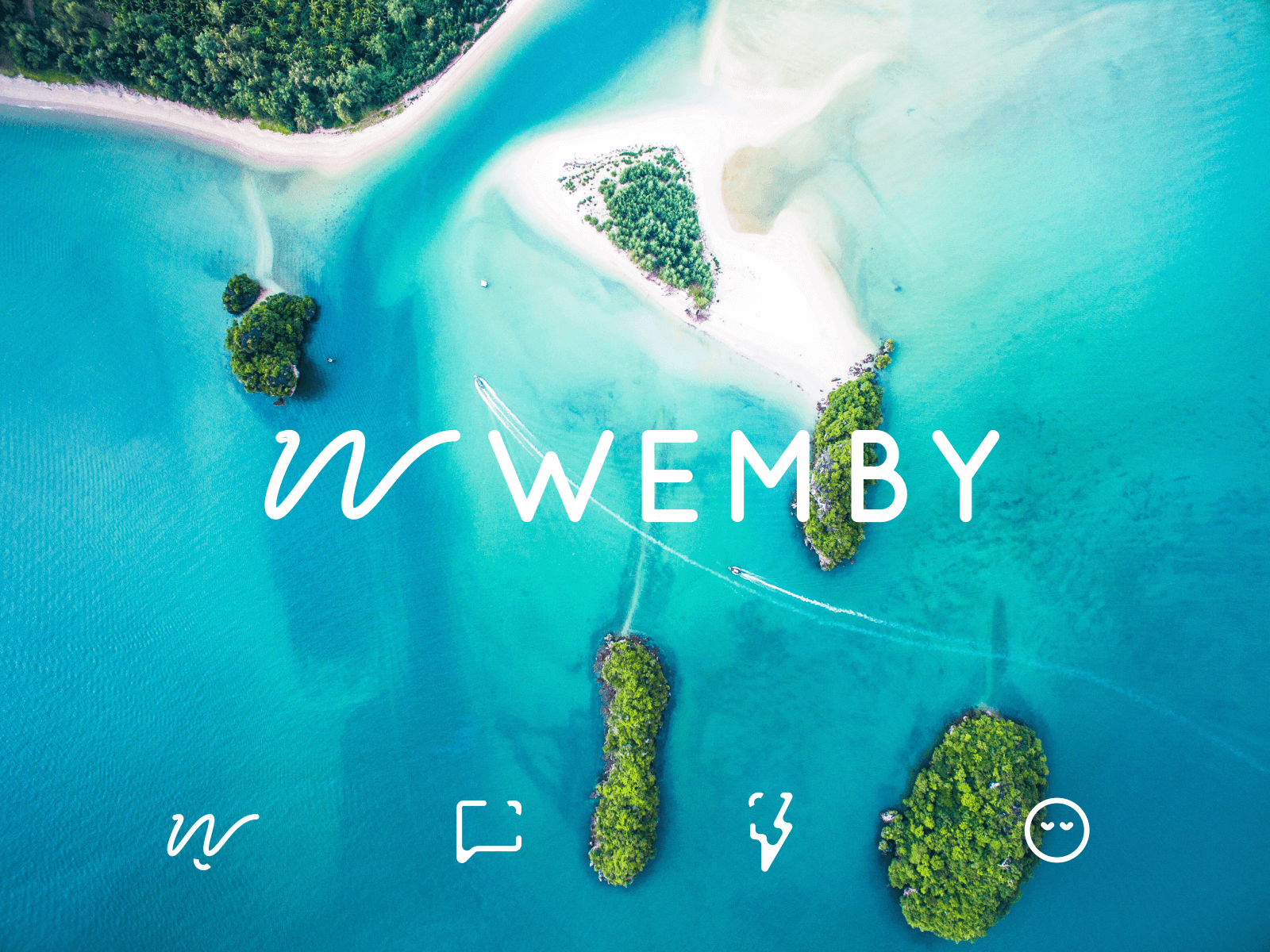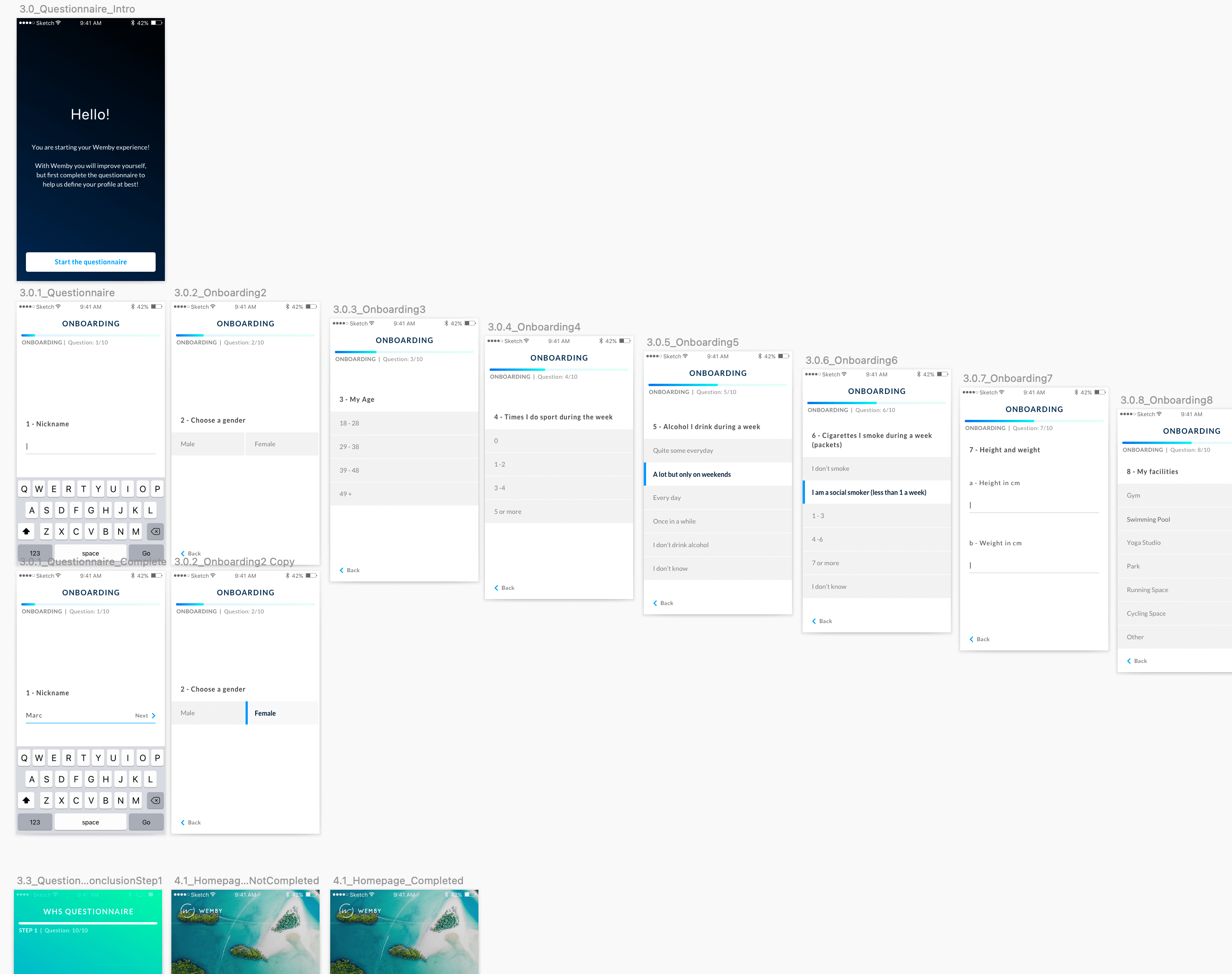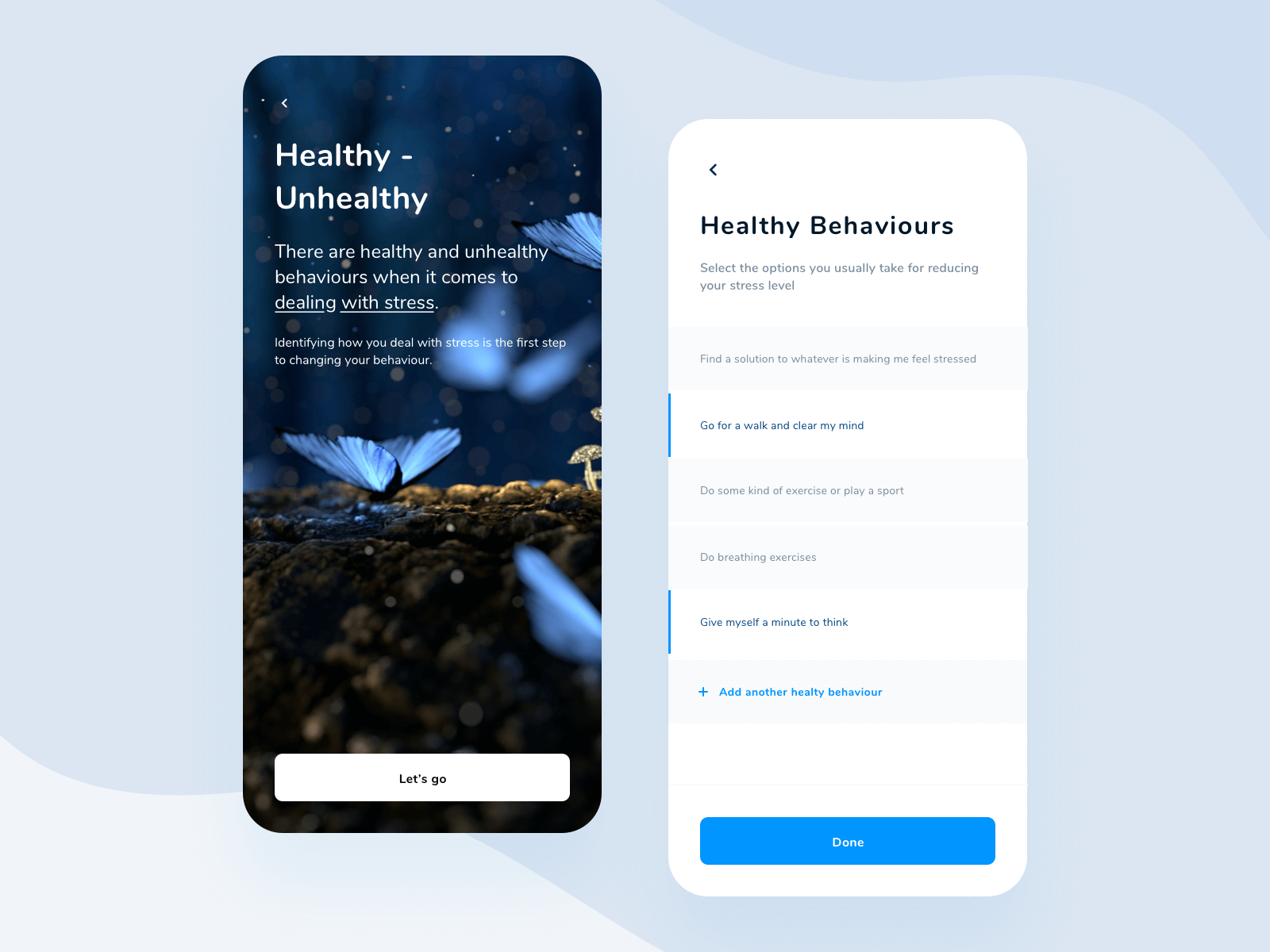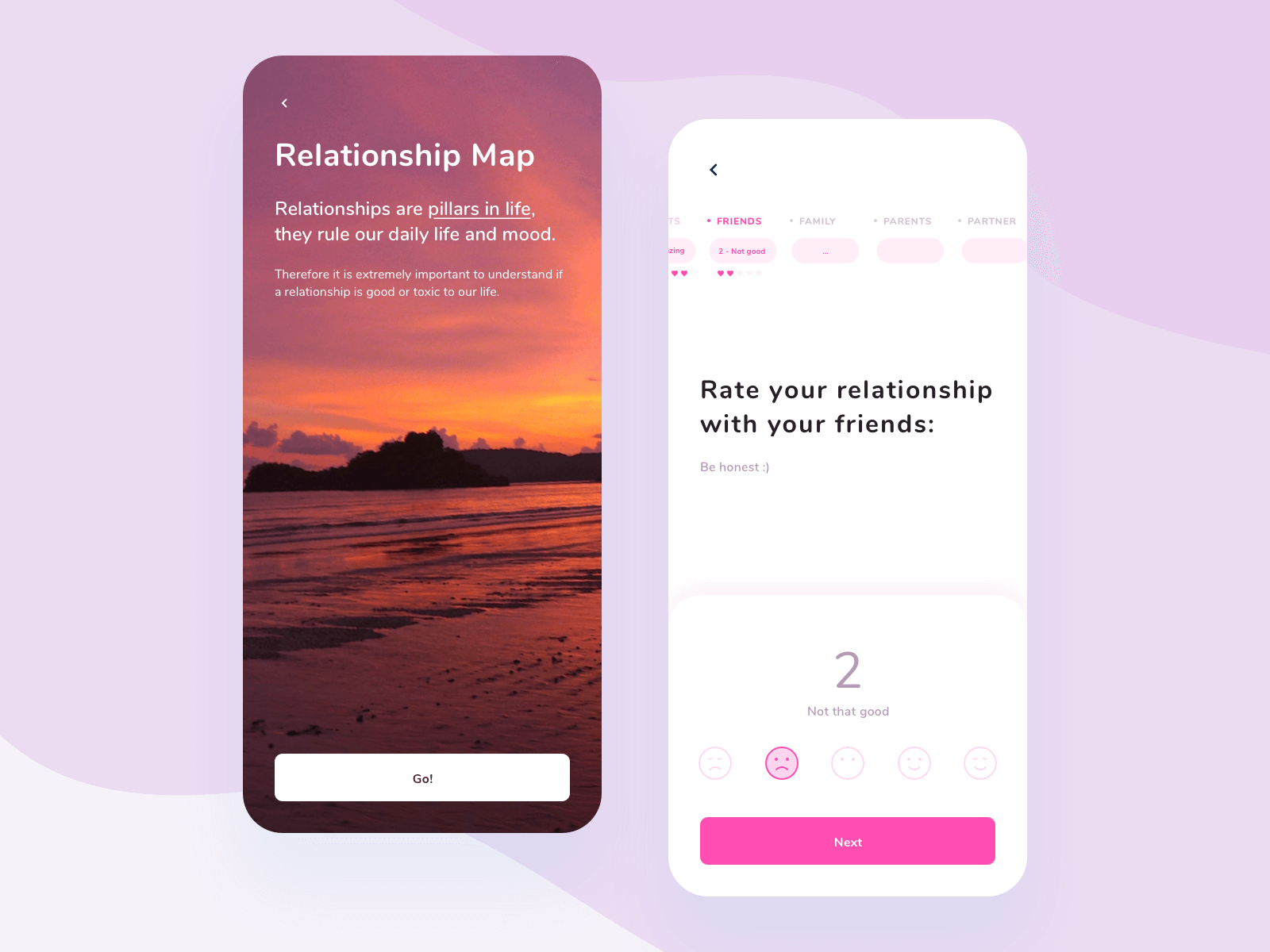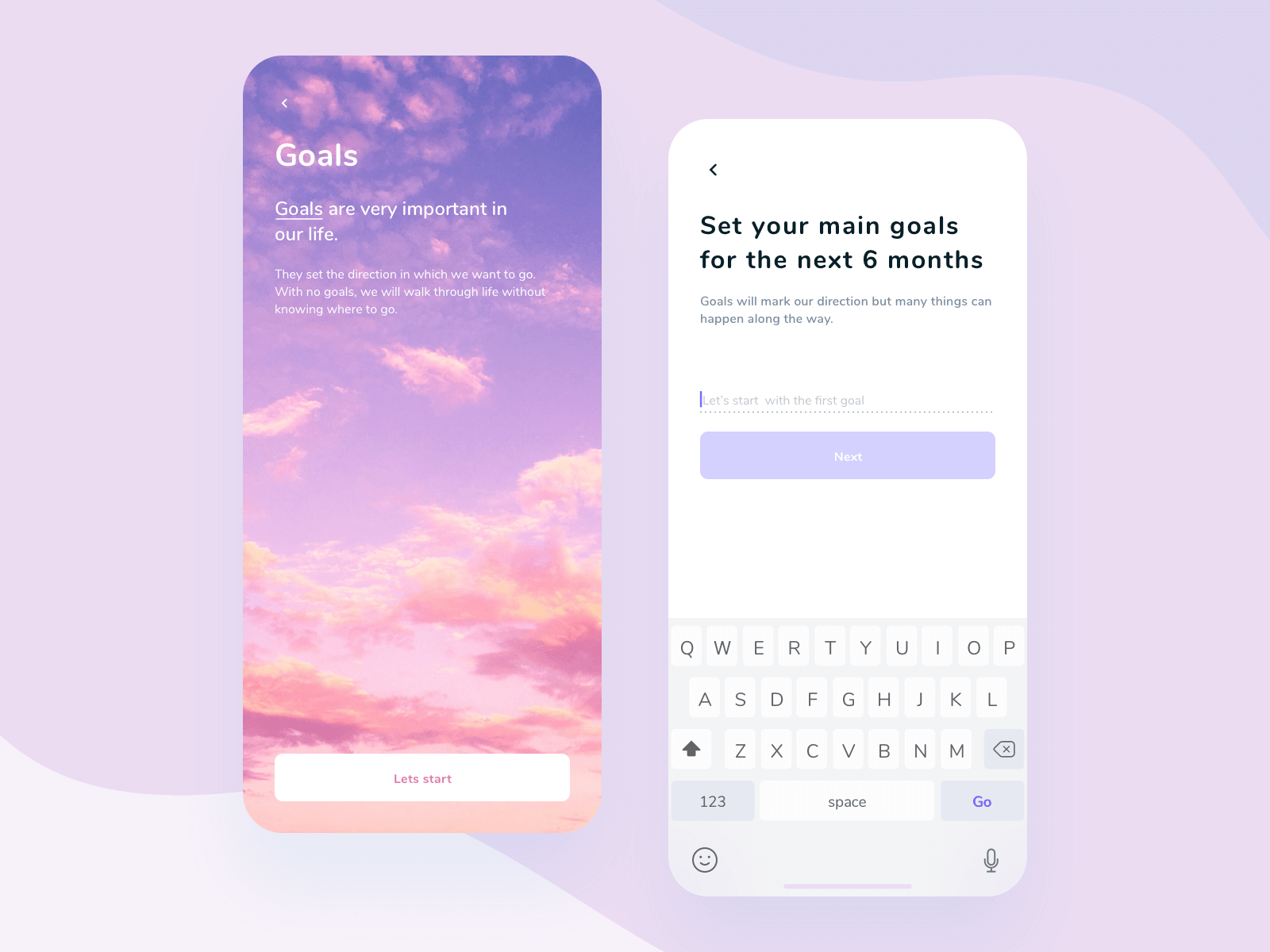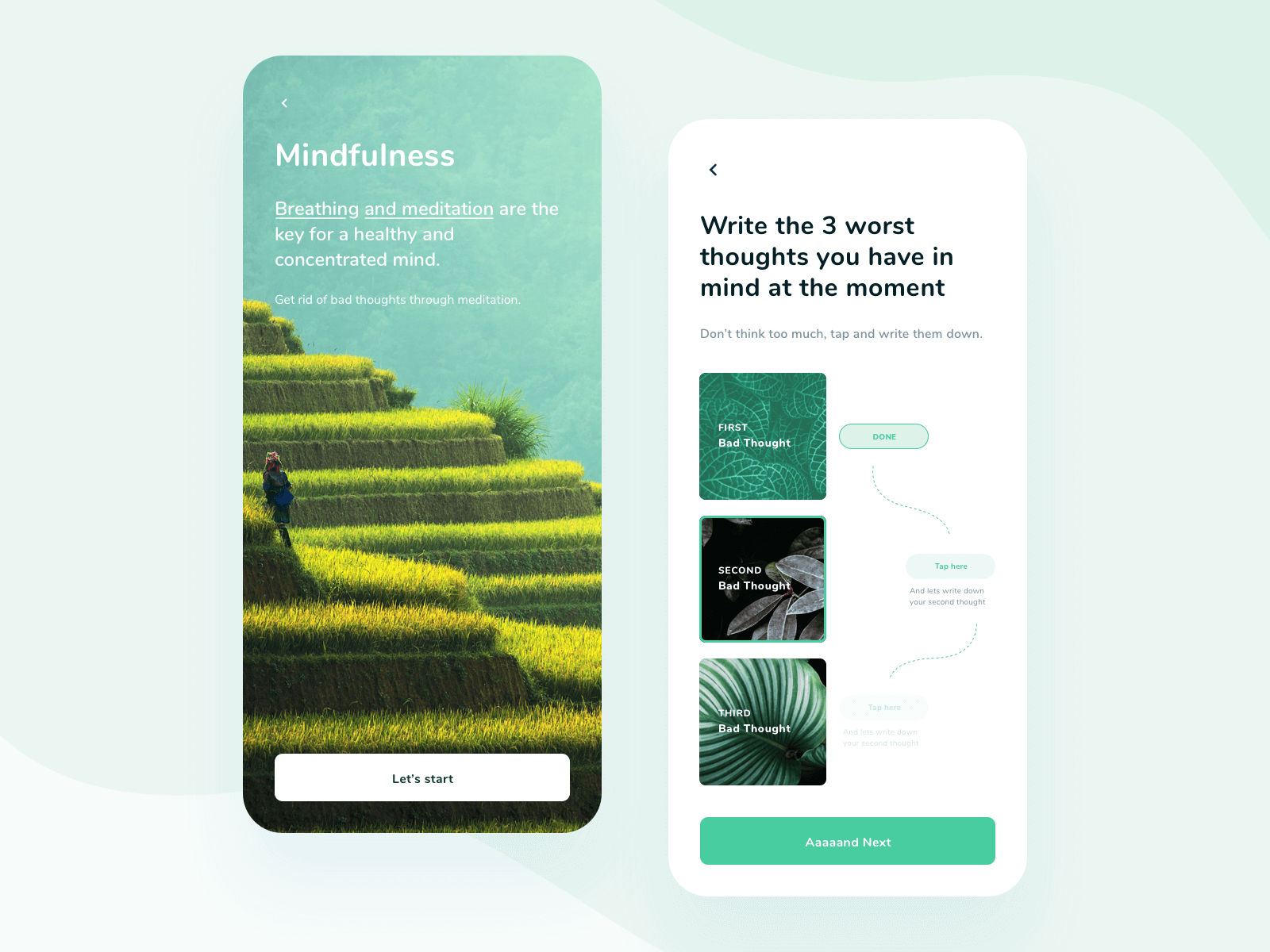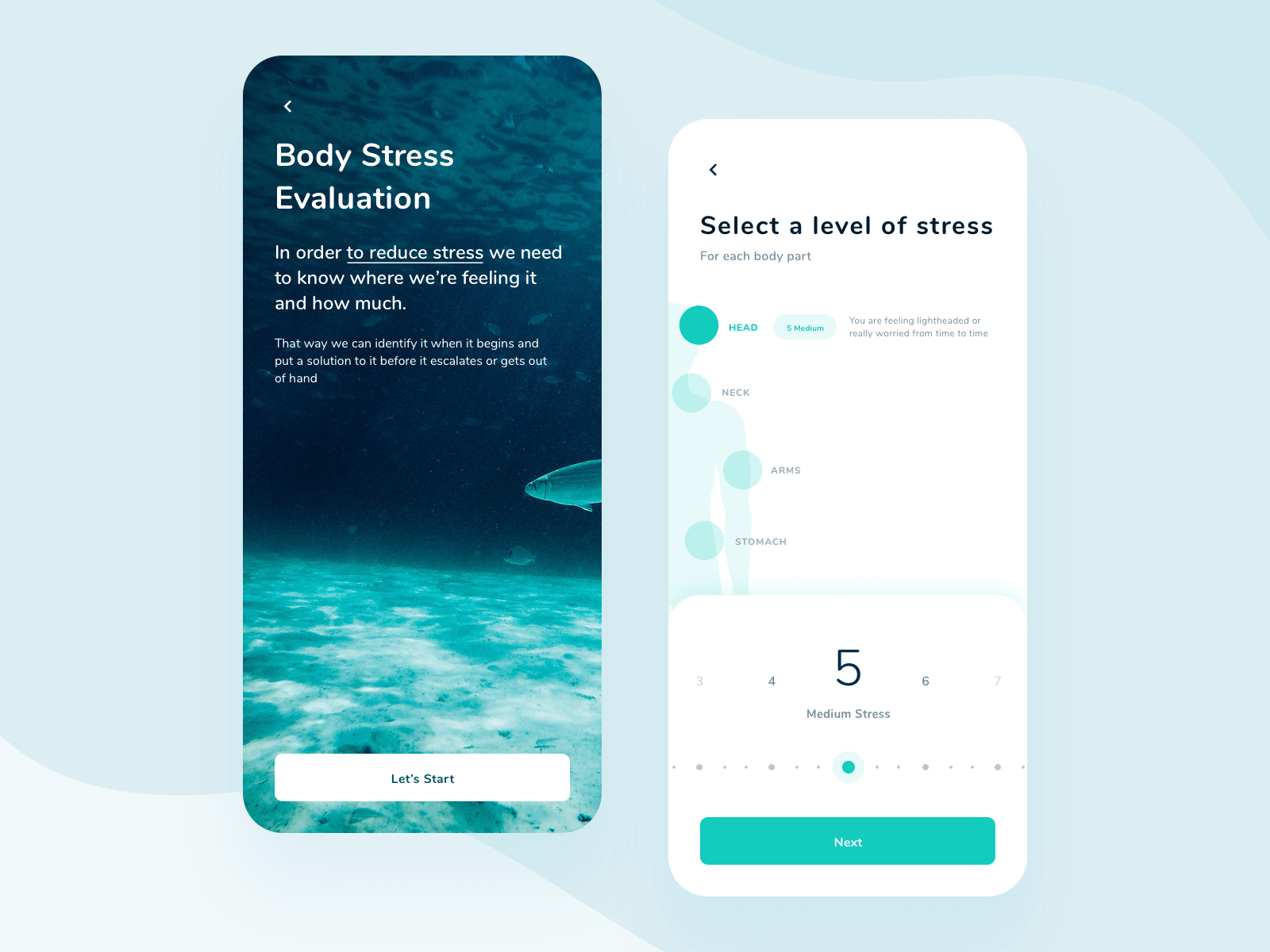A B2B wellbeing platform offering curated exercises and resources through a native mobile app, designed to support companies prioritizing employee mental health and resilience.
Wemby
Brief
Led brand identity, visual language, and end-to-end UX/UI for the platform and marketing site. Later redesigned the mobile experience to better address evolving workplace wellness needs.
Methods
Defined typography, color palette, and brand assets to establish a consistent identity. Designed and prototyped app architecture and main flows with focus on accessibility and engagement. Led user research, collaborated on feature priorities, and delivered a refreshed mobile product aligned with market needs.
Research
To start the development of the product, our first approach was to run a few quick user interviews and a survey to gather some initial qualitative and quantitative data.
We used the results of our research to shape a first persona for our product. We based it on the answers from our surveys, plus information and similarities found in our interviews.
From there, we shaped a perspective grid based on the findings of our research, we based it on our potential users and tried to find interesting solutions to the main issues our "test" users were having.
The ideas coming out of the research was to base the product on different activities the user was given, the objectives those activities were getting to, and the personal coach that was assigned to them.
Consequently we used the results of our researches to start shaping a Service Design Blueprint of our product, we based it on prototypes and tests we did with our first users to find risks and pain points in our onboarding, setup and initial flows.
The first prototypes of the platform were based both desktop and mobile.
Objectives in particular were a big focus of the product, giving an idea of improvements and developments to the final user.
We separated the main objectives into 2 main areas:
body well-being, ex: Loose weight, Exercise weekly, Grow muscles.
and mind, ex: Meditate, Reduce Stress, Cultivate Relationships.
After investments and changes in the startup direction, we refocused the collaboration on a smartphone application. This second iteration re-shaped the whole design of the product, starting everything with a mobile approach, and developing each section of the product: onboarding, exercises, daily checks, coaches section. Here an example of high fidelity prototypes for our first iteration of the onboarding flow.
I spent a lot of time with the user researcher and the psychologist in charge of preparing the different tasks.
This helped me understand how to prepare the UX flows in a simple way, and then how to shape a visual design that could transmit calming emotions and simple concepts.
To do that, we decided to recreate each introductory screen with a full-screen impactful image, and only then showing the real task.

